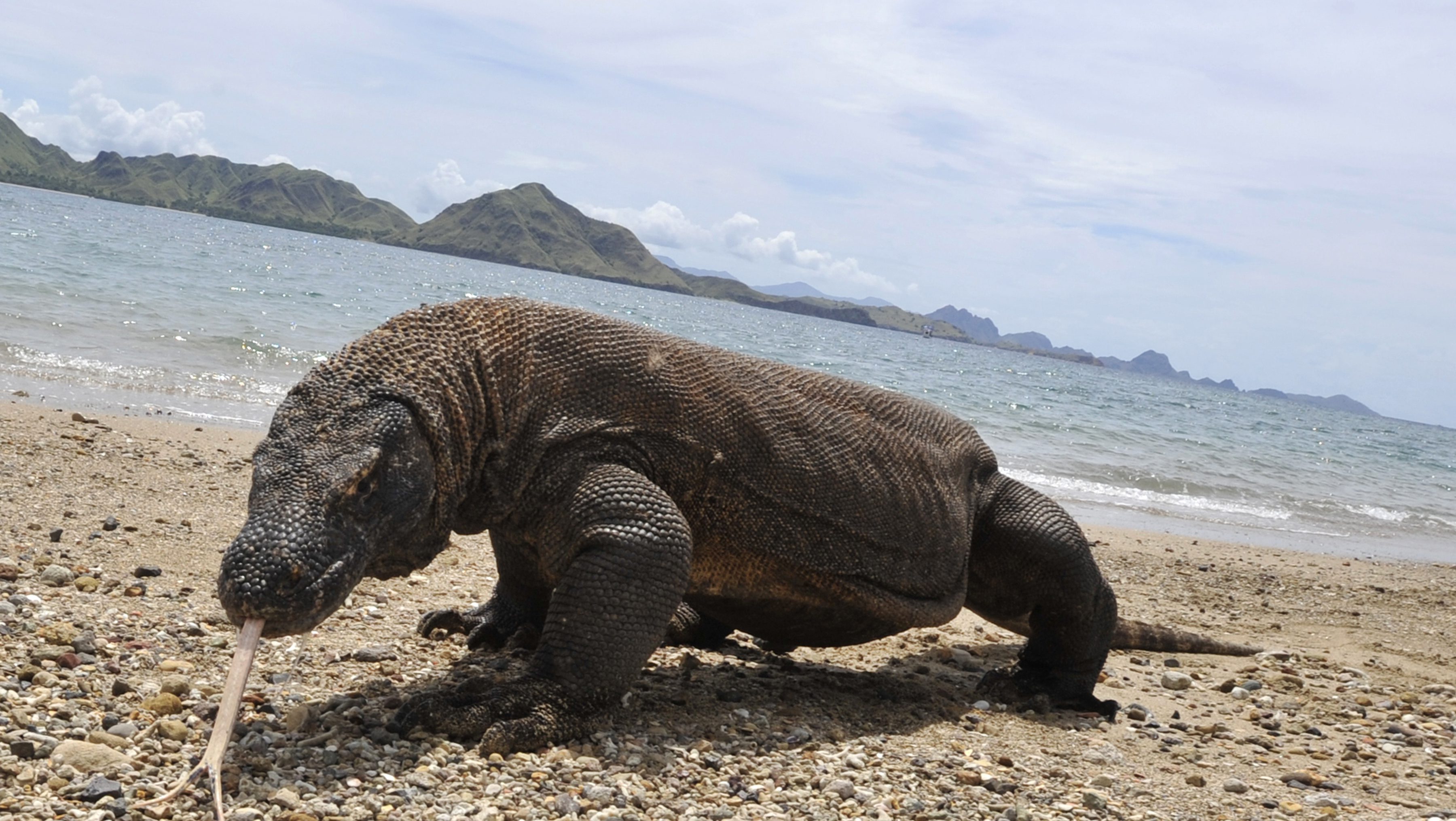

Eggs that consist of WW material are not viable and die off (just as YY is not a viable combination) in contrast, ZZ does work. Parthenogenesis hence leads to embryos that are either WW or ZZ. In Komodo females, each egg contains either a W or a Z.

(Embryos of some reptiles-notably crocodiles and turtles-don't have any sex chromosomes rather, the incubation temperature dictates their gender.) Birds, some insects and a few other lizard species also rely on this sex-determination system.

Biologists label the Komodo's sex chromosomes as W and Z, so ZZ makes a male and WZ makes a female. Two identical sex chromosomes make a male Komodo, and two different ones make a female. Although we think of females being XX (that is, having two X chromosomes) and males as being XY, it's the other way around in these giant monitor lizards. Komodos have a curious twist in their sex determination as well. Hence, the offspring derives all its genes from the mother, but they are not a duplicate of her genome. In parthenogenesis, the mother's half-set of chromosomes doubles up to generate the full complement. The sperm is supposed to provide the other half. That's because an unfertilized egg has only half the genes of the mother. Biologists have known that some lizards can engage in parthenogenesis, but nonetheless seeing it among Komodo dragons surprised zookeepers.ĭespite having only a mother, the offspring are not clones. These "virgin births" raised eyebrows because this asexual method of reproduction, called parthenogenesis, is rare among vertebrates: only about 70 backboned species can do it (that's about 0.1 percent of all vertebrates). (Sungai did later mate with a male and laid a normally fertilized clutch, so don't think she died a virgin.) But genetic analysis ruled that out, unless the father were somehow genetically identical to her. Some reptiles can hold onto sperm for several years, so initially researchers considered that Sungai's eggs had a father. Earlier this year, a now deceased female named Sungai from the London Zoo laid a clutch of 22 eggs, four of which yielded normal male dragons-even though Sungai hadn't had a date in two and a half years. One Komodo, named Flora, lives at the Chester Zoo in England and has never been kept with a male yet a few months ago she laid a clutch of 11 eggs, eight of which seem to be developing normally and may hatch as soon as January. Last week, researchers reported in Nature that the only two sexually mature female Komodo dragons in all of Europe laid viable eggs without insemination from a male. Indonesian dragons can breed without the benefit of masculine companionship.


 0 kommentar(er)
0 kommentar(er)
